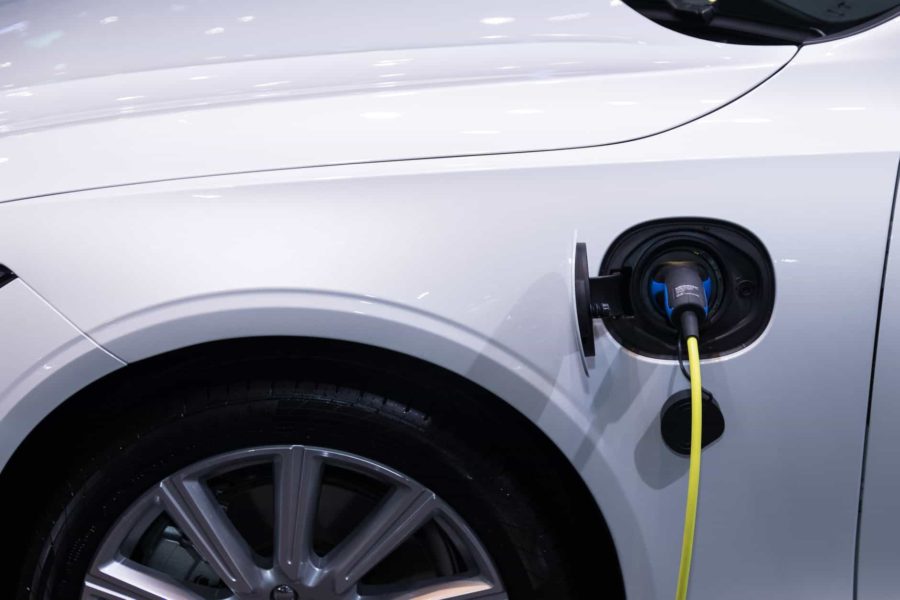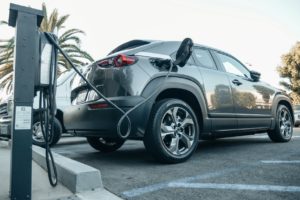What does it cost to keep our Model 3 Performance Charged?
We’ve had our Tesla Model 3 Performance since November. The biggest question I had before purchasing the car was “how much will it cost to keep it charged?” That question, coupled with how long it would take to charge, dominated my research. If you want to read about our initial thoughts of the car, you can do that over on our Medium site here.
We have learned a lot about electricity since deciding to purchase an electric vehicle. We have learned even more since we have owned and operated one. I imagine in the coming months, our knowledge will continue to grow, especially in the spring when we travel more.
How are we charging the Tesla?
Prior to purchasing our Tesla, we researched charging options to get an understanding of what we would really need. Tesla provides a great overview of charging options on their website (click here). The Tesla page gives charging rates and options depending upon each user’s situation.
The first option is level 1 charging. Level 1 charging is what you are doing if you plug your car into the same type of outlet you would use to power your toaster or television The result of this type of charging is that you will juice your car up at a rate of about 3-5 miles of range per hour. For most users, this is unrealistic, but it does applications such as getting a few extra miles of range in an emergency.
Level 2 charging is the solution we opted for. This requires a 240v outlet and a 40amp circuit. There are several ways this solution can be placed in a residential home. Our solution was to have an outlet installed near the breaker box in our garage. A new 40amp circuit was installed to support this outlet. In order to use this type of solution, you have to make sure you have a 200 amp (or higher) breaker panel. We were fortunate enough to have one, so we were good to go. The level 2 service we have charges our Tesla at a rate of about 30 miles of range per hour.
The other option we had was to install the official Tesla charger. This unit is rather expensive but does increase the charging rate to around 44 miles of range per hour. We opted to stick to the 240v unit and to purchase the Tesla adapter because it was more cost-effective.
How long does it really take to charge?
The Tesla Model 3 Performance claims to have a range of about 315 miles on a full charge. This specific Model 3 wants to be charged to around 80% rather than 100% to maximize the life of the battery. This equates to an actual range of around 250 miles. Most days, the car comes home with about 60% of the remaining charge from being driven around 60 miles. Charging the car back to around 80% takes under 2 hours. This is in line with what we anticipated and justifies our decision to not spend additional money on the Tesla L2 charger.
The longest charge we have had to this point happened when we first got the car home. Driving the car from Kansas City resulted in us getting home with less than 5% of a charge (range anxiety kicked in big-time). Charging from 5% to 80% took under 9 hours.
Ok, what does that cost?
Electricity prices vary greatly across the United States. Where I live, the pricing has been $0.04-$0.06 per hour for off-peak hours and $0.21 for peak. Peak hours are defined as 2:00-7:00 PM on weekdays, all other hours are off-peak.
Once I understood what it was we were consuming, the math became simple. The Tesla Model 3 Performance has an 82kwh battery. We only charge the car during off-peak hours, so we pay $0.06 per kWh unit. This equates to us using around 16kWh (20% of the battery) on a daily basis. Doing basic math shows me that it costs us between $0.64 and $0.96 daily depending on the cost of electricity that day.
What the electric bill really showed
You know how sometimes you sit down and estimate something and reality slaps you in the face? I’ve been guilty of that in the past. Usually, that type of thing happens due to willful ignorance. Every guy out there has pulled the fast one on vacation “honey let’s swing over to Florida, it’s only this far away on the map”… 12 hours later.
Fortunately, there was no rug being pulled out from under us this time. My math held and the electric bill barely moved. In fact, I might have overestimated how much electricity we were going to use. This happened because I overestimated how much driving we were going to be doing.
Do you have an EV? Are you charging it a different way? Leave a comment below and share what your experience has been.
C9
Resources:
https://www.tesla.com/support/charging





